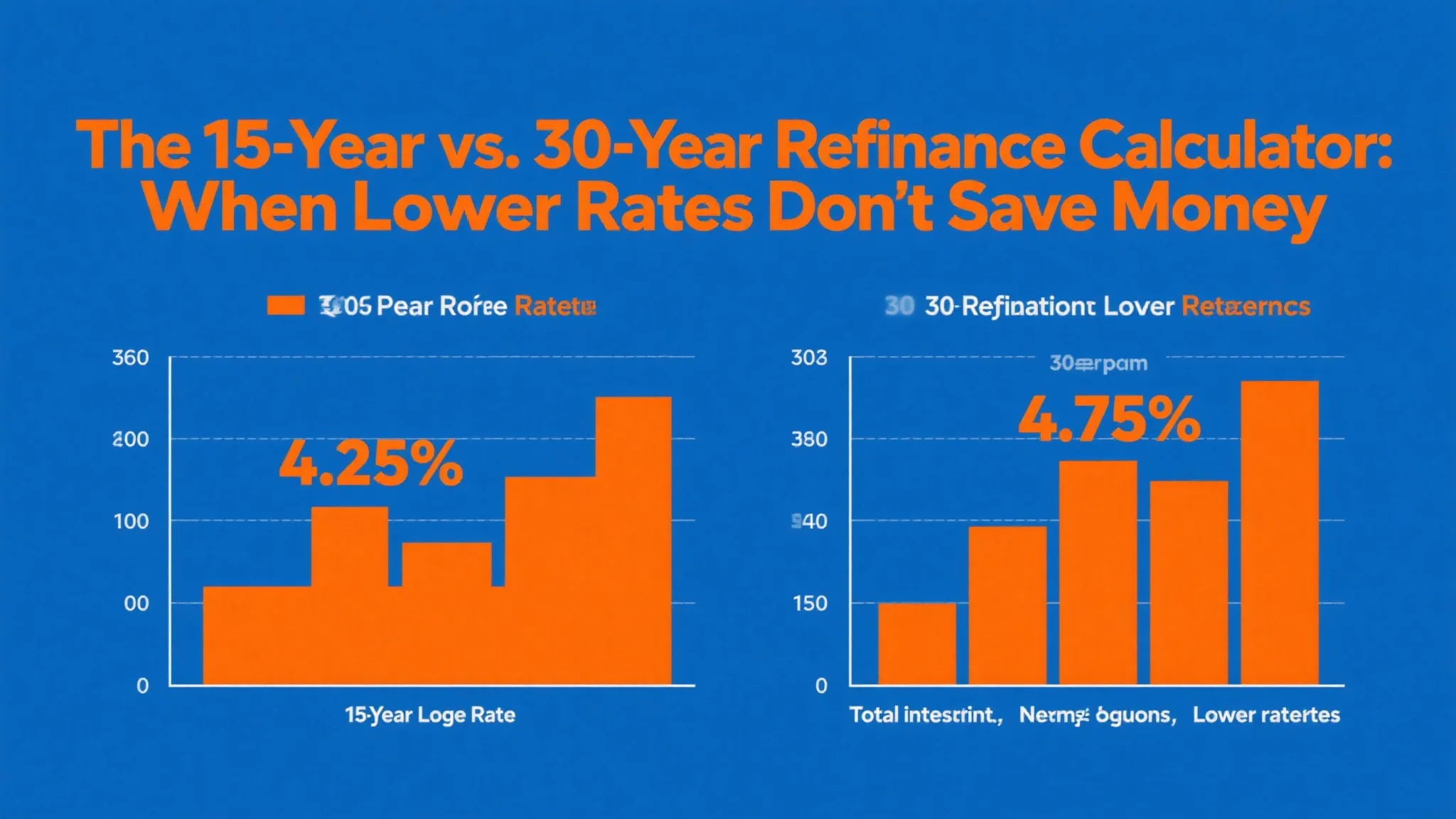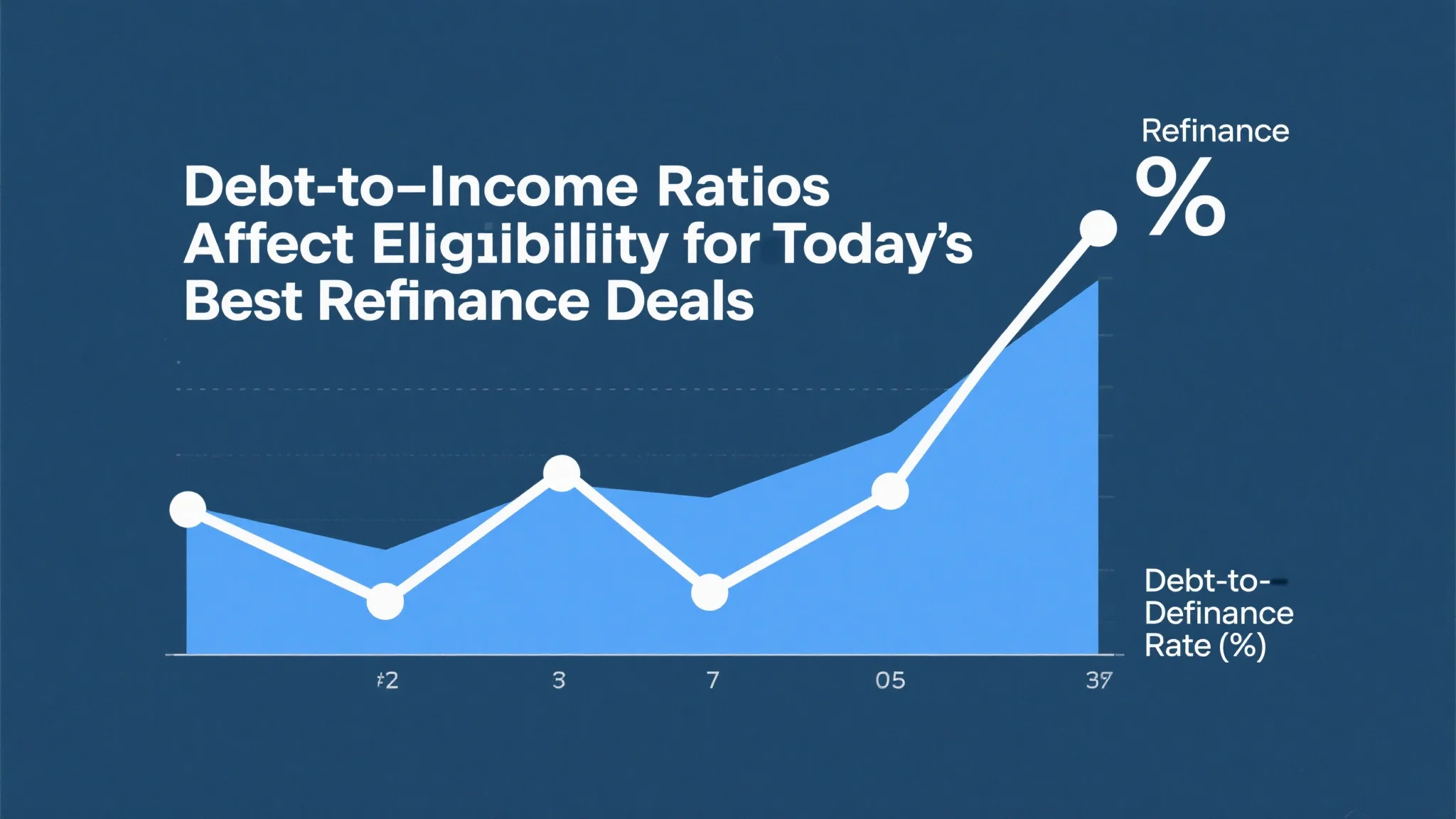The mortgage refinancing landscape presents homeowners with a complex array of timing considerations that can significantly impact their long-term financial outcomes. Understanding when to refinance requires careful analysis of multiple market factors, seasonal trends, and personal financial circumstances. The decision to refinance isn’t simply about securing a lower interest rate; it’s about optimizing the timing to maximize savings while minimizing costs and disruptions to your financial planning.
Understanding Market Cycles and Economic Indicators for Optimal Refinancing
The best time to refinance your mortgage depends heavily on understanding broader economic cycles and how they influence interest rate movements. Federal Reserve policy decisions, inflation trends, and employment data all play crucial roles in determining mortgage rates throughout the year. Historically, mortgage rates tend to follow predictable patterns influenced by economic reporting schedules, Federal Open Market Committee meetings, and seasonal lending patterns that create windows of opportunity for savvy homeowners.
Economic indicators such as the Consumer Price Index, unemployment rates, and GDP growth figures are released on monthly and quarterly schedules that can create temporary rate fluctuations. Smart refinancing strategies involve monitoring these release dates and understanding how markets typically react to different types of economic news. For instance, stronger-than-expected employment data often leads to higher mortgage rates as investors anticipate Federal Reserve tightening, while weaker economic indicators can create temporary rate dips that present refinancing opportunities.
The Federal Reserve’s monetary policy meetings, held eight times per year, represent some of the most significant potential catalysts for mortgage rate movements. These meetings, typically scheduled in advance, provide homeowners with predictable windows where rate volatility is likely to occur. Understanding the Fed’s dual mandate of controlling inflation while maintaining employment gives homeowners insight into likely policy directions and their impact on mortgage rates.
Seasonal economic patterns also influence the optimal timing for refinancing decisions. The first quarter of the year often sees increased refinancing activity as homeowners receive tax refunds and bonus payments that can be applied toward closing costs. This increased demand can sometimes lead to slightly higher rates, but it also means lenders are more competitive with their offerings and may provide better terms to capture market share during peak refinancing season.
Bond market dynamics provide another layer of timing considerations for mortgage refinancing. The 10-year Treasury yield serves as a benchmark for mortgage rates, and understanding bond market cycles can help homeowners anticipate rate movements. Periods of economic uncertainty often drive investors toward safe-haven assets like Treasury bonds, which can temporarily depress yields and create favorable refinancing conditions. Conversely, periods of economic optimism can lead to higher yields and mortgage rates as investors seek higher returns in riskier assets.
Global economic events also influence domestic mortgage rates through their impact on U.S. Treasury markets. International crises, trade disputes, and foreign central bank policies can create unexpected opportunities for mortgage interest savings through refinancing. Homeowners who stay informed about global economic developments and maintain flexibility in their refinancing timeline can capitalize on these unexpected rate dips.
The relationship between mortgage rates and stock market performance provides additional timing insights. During periods of stock market volatility, investors often seek the safety of bond investments, which can drive down mortgage rates. Conversely, strong stock market performance can lead to higher mortgage rates as investors move money out of bonds and into equities. Understanding these correlations helps homeowners time their refinancing decisions to coincide with favorable rate environments.
Credit market conditions also vary throughout the year based on bank lending cycles, regulatory changes, and seasonal liquidity patterns. Banks often have quarterly and annual lending targets that can influence their willingness to offer competitive refinancing terms at different times of the year. The end of calendar quarters and fiscal years can present opportunities for better rates and terms as lenders work to meet their targets.
Technology and automation in the mortgage industry have also changed the timing dynamics of refinancing. Digital platforms and streamlined processes mean that homeowners can move more quickly when favorable rate windows open, but they also mean that these windows may close more rapidly as markets become more efficient. This evolution requires homeowners to be more prepared and decisive when optimal refinancing conditions arise.
Understanding the relationship between different types of mortgage products and market timing is crucial for maximizing refinancing benefits. Fixed-rate mortgages are most sensitive to long-term interest rate trends, while adjustable-rate mortgages may be more influenced by short-term rate movements and Federal Reserve policy expectations. The choice between different mortgage products should align with both current market conditions and the homeowner’s expectations about future rate movements.
Seasonal Patterns and Strategic Timing for Maximum Savings
Seasonal refinance rates follow predictable patterns that savvy homeowners can leverage to optimize their refinancing timing. The mortgage industry experiences distinct seasonal cycles driven by homebuying patterns, lender capacity, and economic reporting schedules that create recurring opportunities for better rates and terms. Understanding these patterns allows homeowners to plan their refinancing activities to coincide with the most favorable market conditions.
Spring traditionally represents the beginning of the peak homebuying season, which can create upward pressure on mortgage rates due to increased demand. However, this period also sees increased competition among lenders, which can lead to more aggressive pricing and better terms for qualified borrowers. The key is understanding how to navigate this increased activity to secure favorable refinancing terms while avoiding the potential rate premiums that can occur during peak demand periods.
Summer months often present unique refinancing opportunities as the homebuying market reaches its peak, but refinancing activity may moderate slightly. This dynamic can create situations where lenders are eager to maintain their refinancing volume and may offer more competitive terms to attract borrowers. Additionally, summer months often coincide with bonus payments and vacation planning, which can influence homeowners’ financial planning and refinancing decisions.
Fall represents a transitional period in the mortgage market as homebuying activity begins to slow, but refinancing activity often remains strong. This period can offer some of the best refinancing opportunities of the year as lenders compete for a smaller pool of active borrowers. The combination of reduced homebuying competition and lenders’ desire to maintain volume can create favorable conditions for securing better rates and terms.
Winter months traditionally see the lowest homebuying activity, which can create excellent refinancing opportunities as lenders focus more heavily on refinancing business to maintain their volume. The reduced competition from homebuyers can lead to more favorable pricing and terms for refinancing customers. Additionally, winter months often coincide with year-end financial planning activities that can make refinancing more attractive from a tax and budgeting perspective.
Holiday periods present unique timing considerations for refinancing activities. While mortgage markets remain open during most holidays, processing times may be extended, and rate locks may need to be adjusted to account for slower processing during holiday periods. However, the period between Thanksgiving and New Year’s often sees reduced market activity that can create opportunities for better rates as trading volumes decrease.
Tax season creates specific refinancing opportunities and considerations that homeowners should understand. The period from January through April often sees increased refinancing activity as homeowners receive tax refunds that can be applied toward closing costs. However, this increased activity can also lead to longer processing times and potentially higher rates due to increased demand. Strategic timing around tax season requires balancing the availability of refund funds against potential rate and processing impacts.
Back-to-school season in late summer and early fall often coincides with family financial planning activities that can make refinancing more attractive. This period also typically sees reduced vacation-related disruptions that can interfere with refinancing timelines. The combination of focused financial planning and reduced scheduling conflicts can make this an optimal time for completing refinancing transactions.
End-of-year financial planning creates unique refinancing opportunities as homeowners evaluate their annual financial performance and plan for the following year. December refinancing can provide tax benefits for the current year while positioning homeowners for better financial performance in the following year. However, holiday schedules and year-end processing considerations require careful planning to ensure successful completion.
Quarterly business cycles also influence refinancing timing as lenders work to meet their quarterly targets and manage their pipeline. The end of each quarter can present opportunities for better rates and terms as lenders compete to meet their volume goals. Understanding these quarterly patterns can help homeowners time their applications to coincide with periods when lenders are most motivated to offer competitive terms.
Regional seasonal patterns can also influence refinancing timing depending on local economic conditions and weather patterns. Areas with strong seasonal economies may see different optimal refinancing periods based on local employment and income cycles. Understanding these regional variations can help homeowners in specific markets optimize their refinancing timing for their local conditions.
The interaction between seasonal patterns and individual financial circumstances creates personalized optimal timing for each homeowner. Factors such as bonus payment schedules, tax situations, and family financial planning cycles should be coordinated with broader seasonal market patterns to identify the best refinancing windows. This personalized approach to timing can significantly enhance the benefits of refinancing while minimizing disruptions to family financial planning.

Personal Financial Optimization and Long-term Strategic Planning
Maximizing mortgage interest savings through strategic refinancing requires careful coordination of market timing with personal financial optimization strategies. The most successful refinancing decisions consider not only current market conditions but also the homeowner’s long-term financial goals, cash flow needs, and overall wealth-building strategy. This comprehensive approach ensures that refinancing decisions support broader financial objectives while capturing immediate savings opportunities.
Personal credit optimization plays a crucial role in refinancing timing decisions. Credit scores can fluctuate based on various factors including credit utilization, new account openings, and payment history. Strategic timing of refinancing applications to coincide with peak credit scores can result in significantly better rates and terms. This may involve paying down credit card balances, avoiding new credit applications, and ensuring all payments are current before applying for refinancing.
Income timing considerations can significantly impact refinancing success and terms. Homeowners who receive irregular income, such as bonuses, commissions, or seasonal employment, should time their refinancing applications to coincide with periods when their income documentation is strongest. This may involve waiting for bonus payments to be reflected in pay stubs or timing applications to avoid periods when income may appear lower due to seasonal variations.
Cash flow optimization around refinancing requires careful planning to ensure that closing costs and other expenses don’t create financial strain. The best time to refinance from a cash flow perspective may not always align with optimal market conditions, requiring homeowners to balance these competing considerations. Strategies such as no-closing-cost refinancing or rolling closing costs into the loan amount can help address cash flow constraints while still capturing favorable market conditions.
Tax planning integration with refinancing timing can provide additional benefits beyond interest savings. The timing of refinancing can affect mortgage interest deductions, property tax payments, and other tax-related considerations. Strategic coordination with tax planning can enhance the overall financial benefits of refinancing while supporting broader tax optimization strategies.
Debt consolidation opportunities often align with refinancing decisions and should be considered in timing strategies. Cash-out refinancing can provide funds to pay off higher-interest debt, but the timing of this strategy should consider both mortgage market conditions and the homeowner’s overall debt situation. The optimal timing may involve paying down certain debts before refinancing to improve qualification terms, or it may involve immediate action to address high-interest debt situations.
Investment opportunity costs should be factored into refinancing timing decisions. The funds used for closing costs and the monthly payment changes resulting from refinancing can impact other investment opportunities. Homeowners should consider how refinancing timing aligns with other investment plans, such as retirement contributions, education funding, or other wealth-building activities.
Life event planning often influences optimal refinancing timing. Major life changes such as job changes, family additions, or retirement planning can affect both the desirability and feasibility of refinancing. Strategic timing around these events can help ensure that refinancing supports rather than complicates major life transitions.
Property value considerations play an important role in refinancing timing, particularly for homeowners who may be close to loan-to-value ratio thresholds that affect rates and terms. Understanding local property value cycles and timing refinancing to coincide with peak property values can help homeowners qualify for better rates and avoid private mortgage insurance requirements.
Long-term housing plans should influence refinancing timing decisions. Homeowners who plan to sell their property in the near future may find that the costs of refinancing outweigh the benefits, while those planning to stay long-term can justify refinancing for smaller rate improvements. The break-even analysis for refinancing should consider the homeowner’s expected time in the property.
Emergency fund considerations are crucial when timing refinancing decisions. Using emergency funds for closing costs or depleting cash reserves through refinancing can create financial vulnerability. The optimal refinancing timing should ensure that homeowners maintain adequate emergency reserves while still capturing market opportunities.
Retirement planning integration with refinancing timing becomes increasingly important for older homeowners. Considerations such as fixed income planning, estate planning, and long-term care costs should influence refinancing decisions. The timing of refinancing in relation to retirement can significantly impact long-term financial security and should be carefully coordinated with overall retirement planning strategies.
The coordination of multiple financial goals requires sophisticated timing strategies that balance competing priorities. Successful refinancing timing often involves making trade-offs between optimal market conditions and other financial objectives. The key is developing a comprehensive financial plan that identifies the relative importance of different goals and creates a timeline that optimizes overall financial outcomes rather than focusing solely on refinancing benefits.



